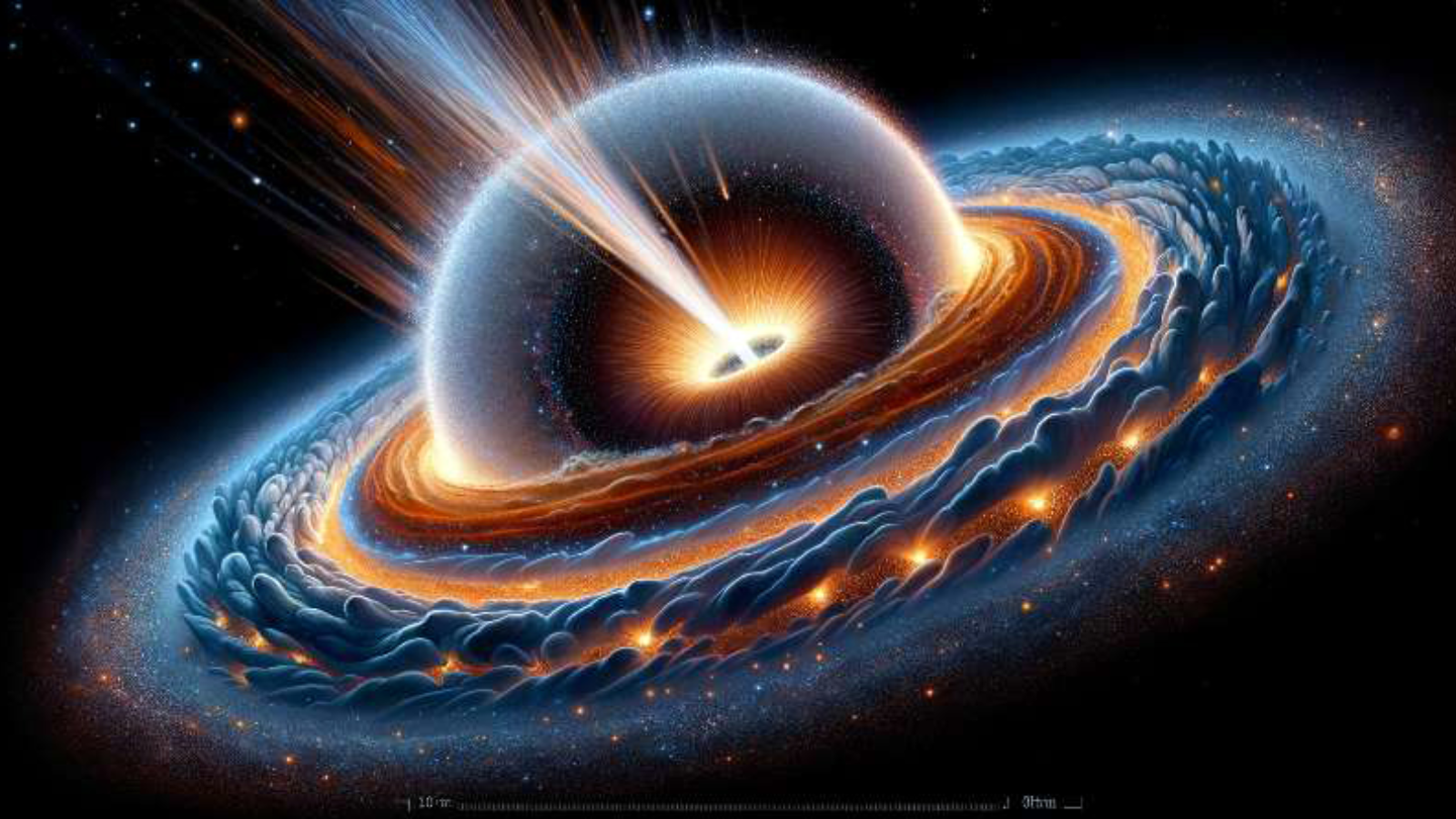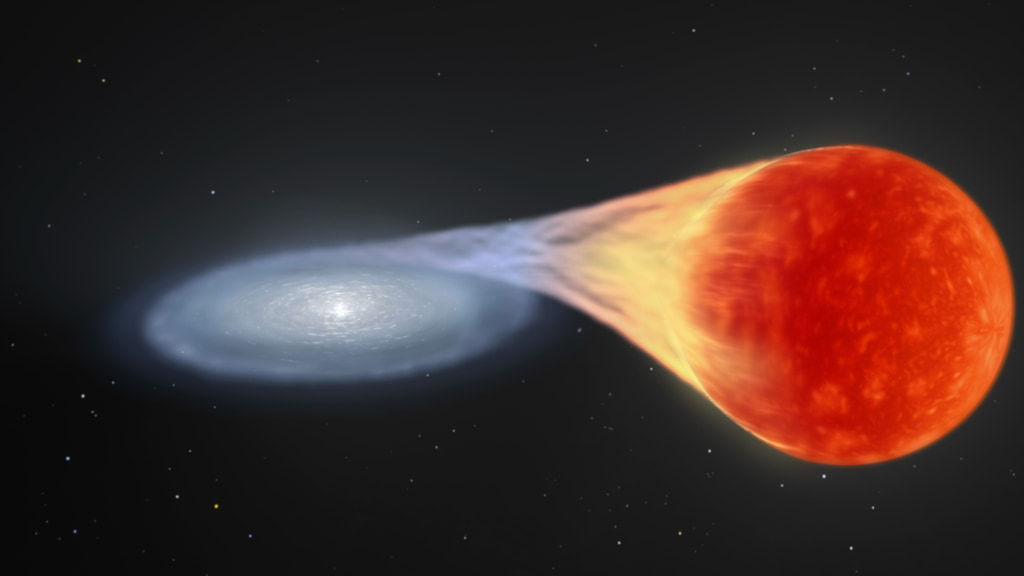
Astronomers have discovered a hitherto unknown source of the cosmic dust. As to why this dust is important to track? Well, these particles basically act as building blocks for stars.
The international team found that such dust can be created by a type of cosmic explosion that occurs when a dead white dwarf star strips material from a stellar companion, then interacts with gas from its immediate surroundings. These events are called "Type 1a supernovas" and are often referred to as "standard candles" by astronomers because their uniform light output can be used to measure cosmic distances.
"The formation of cosmic dust is of critical importance in astronomy," team member and Texas A&M University astronomer, Lifan Wang, said in a statement. "It is related to literally all phenomena of the cosmos. Understanding the process by which it forms has been one of the key objectives of many modern-day astronomical missions."
Related: Astronomers solve mystery of 'Green Monster' in famous supernova remnant (photo)
This isn't the first time supernovas have been associated with the creation of cosmic dust, but previous observations have revolved around "core-collapse supernovas."
These happen when a massive star runs out of the fuel supply required for its intrinsic nuclear fusion processes. This forces the star's core to collapse, birthing a black hole or a neutron star, while the star's outer layers are blasted away in a supernova explosion.
However, core-collapse supernovas aren't seen to occur in elliptical galaxies that resemble giant swarms of stars rather than organized spirals like the Milky Way. Thus, astronomers have struggled to explain where the dust in elliptical galaxies specifically originates.
Wang and colleagues have now supplied an answer; this dust could be coming from "vampire white dwarfs" feeding on a cosmic companion before blowing their tops in a thermonuclear explosion.
"All life forms in the universe are cosmic dust forged in processes related to stellar evolution," Wang said. "Our paper presents clear evidence of the condensation of a massive amount of dust particles after the explosion of a white dwarf star."
Life after death for white dwarfs
White dwarfs are dense stellar corpses born when smaller stars run out of their fuel needed for nuclear fusion, and their cores collapse. However, those petite stellar bodies lack the mass necessary to drive a complete collapse, which would birth a black hole or neutron star. Instead, they form white dwarfs.
Our own sun will undergo this process when it exhausts the hydrogen supply at its core in around 5 billion years. But, while our sun will have a lonely death as a cooling white dwarf, some white dwarfs exist in binary systems with companion stars that they can use to spring back to life.
If these stars are close enough to one another, the white dwarf can "steal" material from the outer layers of its stellar companion. This stolen matter first forms a disk around the white dwarf and, from there, inches toward the star's surface.
This accreted matter eventually piles up, increasing the mass of the white dwarf beyond what is called the Chandrasekhar limit, equal to 1.4 times the mass of the sun and representative of the mass limit at which a star is capable of going supernova. This all ultimately gives rise to a thermonuclear explosion called a Type 1a supernova.

To determine if Type 1a supernovas could account for cosmic dust, Wang and colleagues observed a supernova named SN 2018evt for over three years using a combination of space-based instruments, such as NASA’s Spitzer Space Telescope and the NEOWISE mission, and several ground-based observatories.
They found that the supernova collided with material that had been cast off from stars in the binary system, and saw the white dwarf feeding on its companion prior to the former's thermonuclear fate. This collision, the team observed, sends shockwaves through that cast-off gas, with dust forming in the gas itself as it cools after the shockwaves have passed.
The telltale signature of dust creation in this supernova had to do with its dimming in optical light, and brightening in infrared light. From this, the team estimated the collision was responsible for creating a massive amount of dust equivalent to around 1% of the mass of the sun. And, as the gas cools further, the team believes dust production will increase by as much as 10 times.
"The origins of cosmic dust have long been a mystery," Lingzhi Wang, team member and a scientist at the Chinese Academy of Sciences South America Center for Astronomy in Chile, said. "This research marks the first detection of a significant and rapid dust formation process in the thermonuclear supernova interacting with circumstellar gas."
From this research, it seems Type 1a supernovas aren't quite as efficient at producing gas as their core collapse counterparts. This deficiency may be offset by the fact that there may be enough Type 1a supernovas interacting with their surroundings to be a significant, or even dominant, source of dust in elliptical galaxies.
"This work offers insights into the contribution of thermonuclear supernovae to cosmic dust, and more such events may be expected to be found in the era of the James Webb Space Telescope,” Wang added. "The Webb Telescope sees infrared light, which is perfect for the detection of dust."
The team's revelations show that white dwarfs can also play an important role in the ongoing cycle of star formation and destruction, as well as in the processes that give rise to planets, and sometimes, life as we know it.
"The creation of dust is just gas getting cold enough to condense," Las Cumbres Observatory scientist Andy Howell said. "One day, that dust will condense into planetesimals and, ultimately, planets. This is creation starting anew in the wake of stellar death. It is exciting to understand another link in the circle of life and death in the universe."
The research was published on Friday (Feb. 9) in the journal Nature Astronomy.






